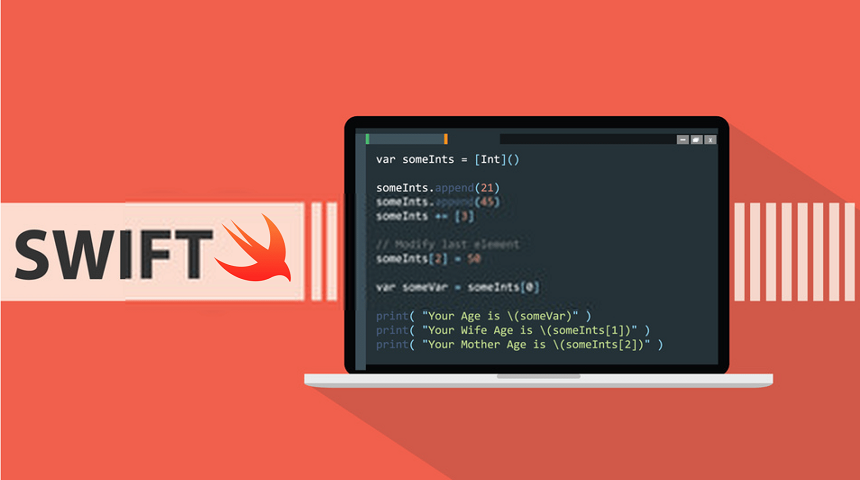
Free eBooks for Beginners
Swift is a powerful programming language used by developers to build apps for iOS, macOS, watchOS, and tvOS. As a beginner in Swift programming, it’s important to have a good understanding of basic concepts like variables, properties, numbers and strings. In this article, we’ll be discussing the basics of Swift strings and characters.
Strings are sequences of characters used to represent text in Swift. A character is a single letter, number, or symbol that is used to make up a string. To define a string in Swift, you can use double quotes (“) or single quotes (‘). For example, you can define a string called “name” like this:
let name = "John"In Swift, strings are immutable, which means that once you define a string, you can’t change it. However, you can create a new string that is based on an existing one by concatenating or appending characters or other strings. For example:
let firstName = "John"
let lastName = "Doe"
let fullName = firstName + " " + lastNameIn this example, the fullName constant is created by concatenating the firstName and lastName constants, separated by a space character.
Characters are the basic building blocks of strings in Swift. You can access individual characters in a string by using the subscript operator. For example:
let name = "John"
let firstCharacter = name[name.startIndex]In this example, the firstCharacter constant is assigned the first character in the name string, which is “J”.
In addition to accessing individual characters, you can also perform operations on strings, such as counting the number of characters, comparing strings, and more. For example:
let firstString = "Hello"
let secondString = "World"
let isEqual = firstString == secondString
let count = firstString.countIn this example, the isEqual constant is assigned the result of comparing the firstString and secondString constants, which is false. The count constant is assigned the number of characters in the firstString, which is 5.
In conclusion, understanding the basics of strings and characters in Swift is essential for beginners in this programming language. By practicing these concepts, you’ll be well on your way to building great apps with Swift!
Cookbook – SWIFT for Beginners – Chapter 04 : Strings and Characters
 Loading...
Loading...
Disclaimer: The information and code presented within this recipe/tutorial is only for educational and coaching purposes for beginners and developers. Anyone can practice and apply the recipe/tutorial presented here, but the reader is taking full responsibility for his/her actions. The author (content curator) of this recipe (code / program) has made every effort to ensure the accuracy of the information was correct at time of publication. The author (content curator) does not assume and hereby disclaims any liability to any party for any loss, damage, or disruption caused by errors or omissions, whether such errors or omissions result from accident, negligence, or any other cause. The information presented here could also be found in public knowledge domains.